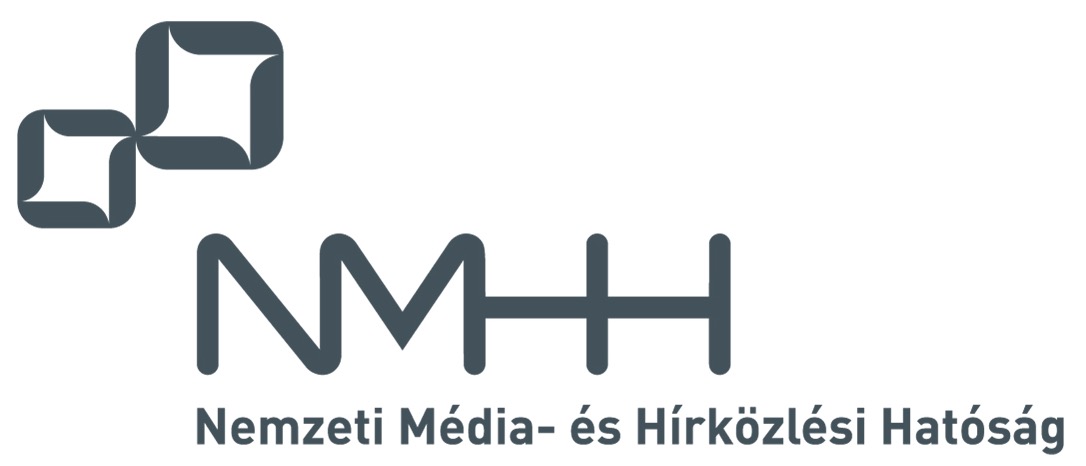Máté Galambos and László Bacsárdi
Comparing Calculated and Measured Losses in a Satellite-Earth Quantum Channel
Long distance distribution of quantum states is necessary for quantum communication and large scale quantum experiments. Currently this distance is limited by channel loss. Previous theoretical analisys and proof of concept experiments showed that satellite quantum communication may have lower losses than optical cable based counterparts. Recently the QuESS experiment [3] realized the first satellite-Earth quantum channel. In this paper we compare heoretical predictions of different mathematical models with experimental results regarding channel loss. We examine the HV-5/7 model, HV-Night model and Greenwood model of optical turbulences, the geometric [4] and diffraction [5][6] models of beam wander and beam widening. Furthermore we take into account the effect of atmospheric gases and aerosols as well as the effect of pointing error. We find that theoretical predictions are largely in the same order of magnitude as experimental results. The exception is the diffraction model of beam spreading where our calculations yielded only one tenth of the measured value. Given the ever changing nature of weather conditions and the changing composition of atmospheric aerosoles we conclude that calculated and measured losses are in good agreement.
Reference:
DOI: 10.36244/ICJ.2018.3.3
Please cite this paper the following way:
Máté Galambos and László Bacsárdi, “Comparing Calculated and Measured Losses in a Satellite-Earth Quantum Channel”, Infocommunications Journal, Vol. X, No 3, September 2018, pp. 14-20. DOI: 10.36244/ICJ.2018.3.3




